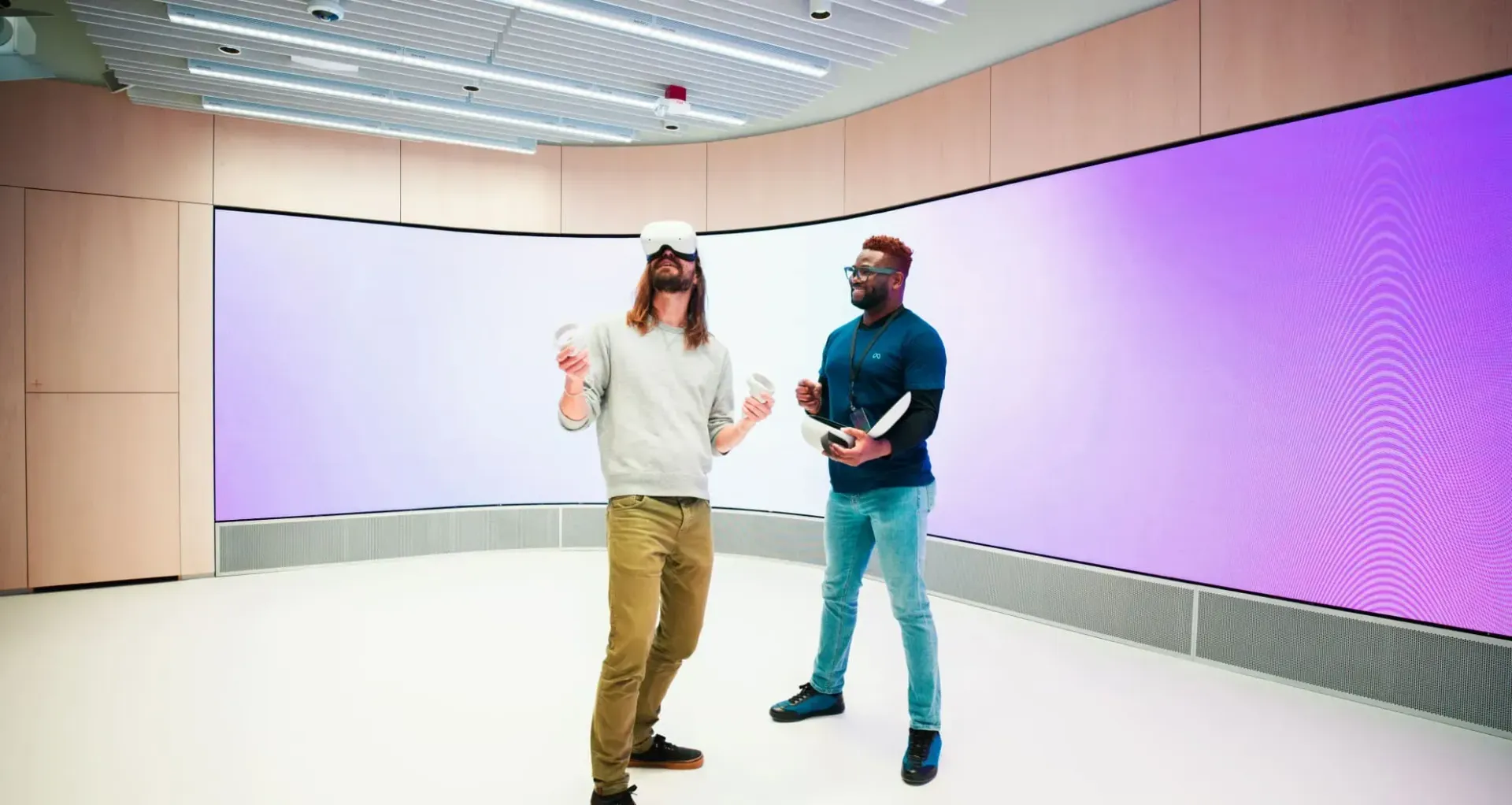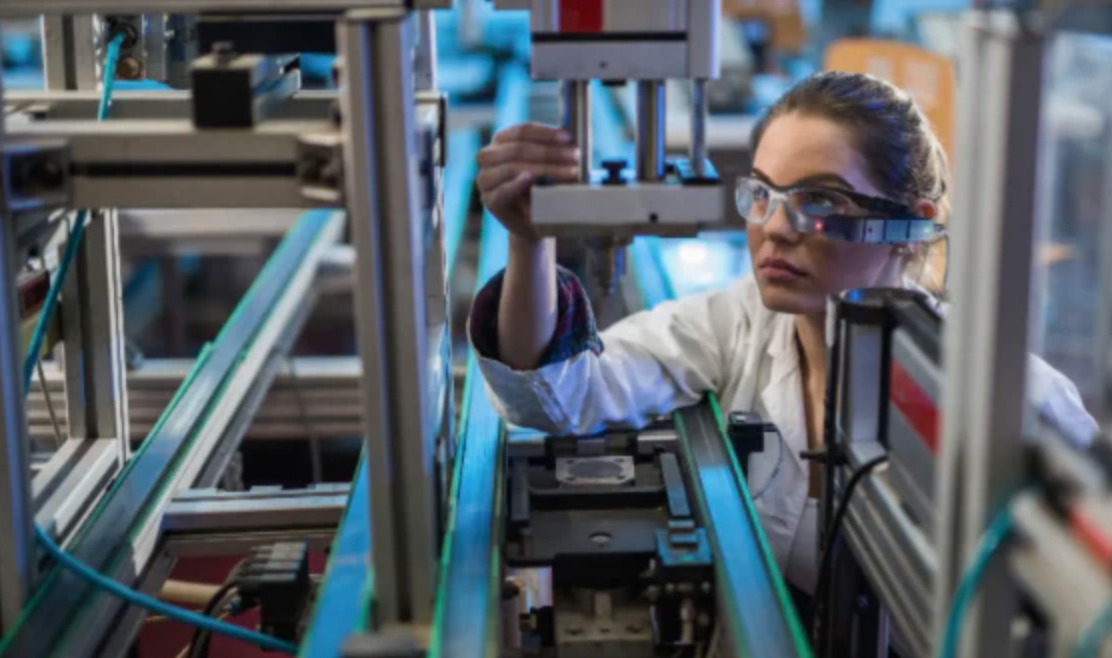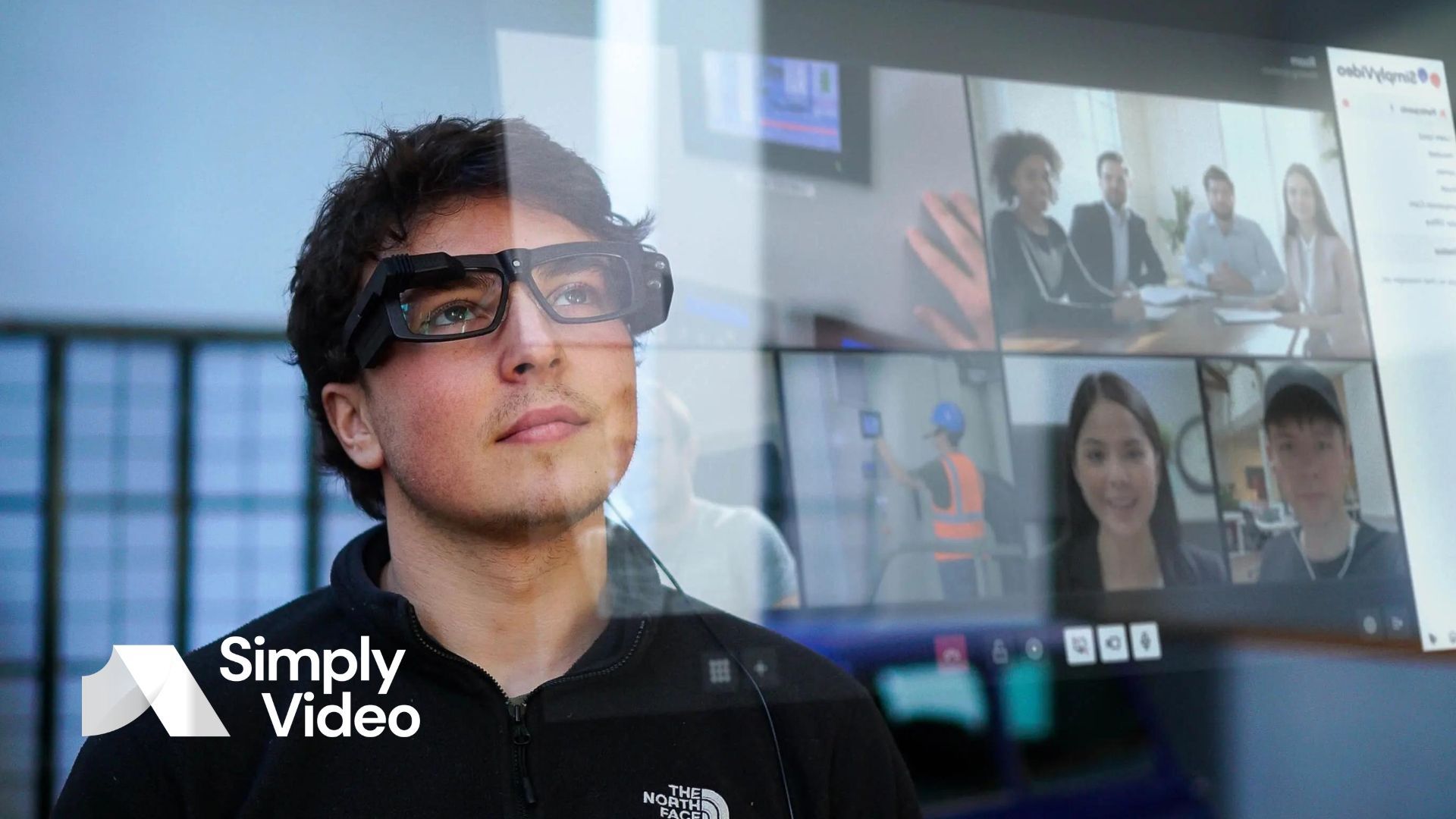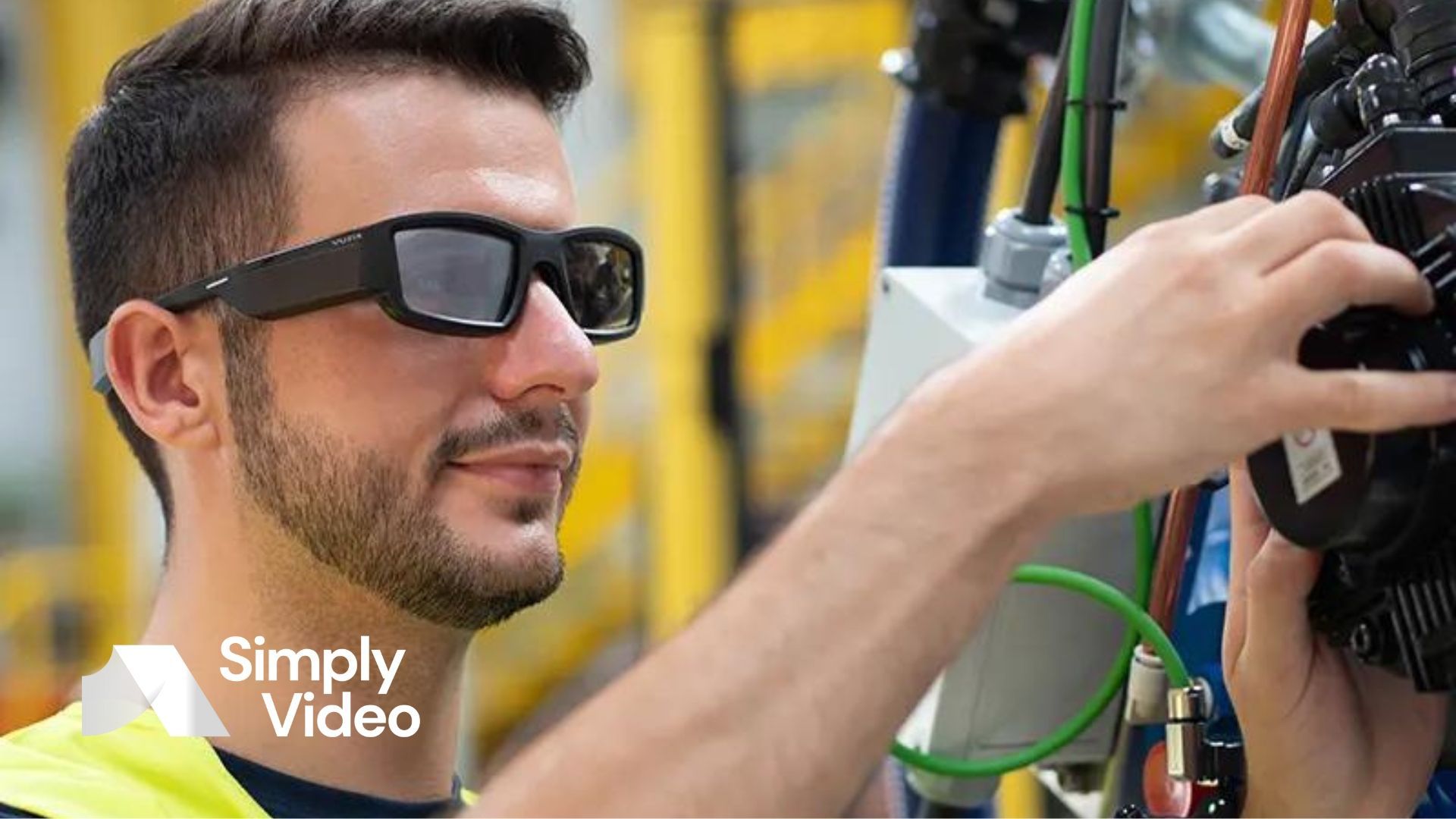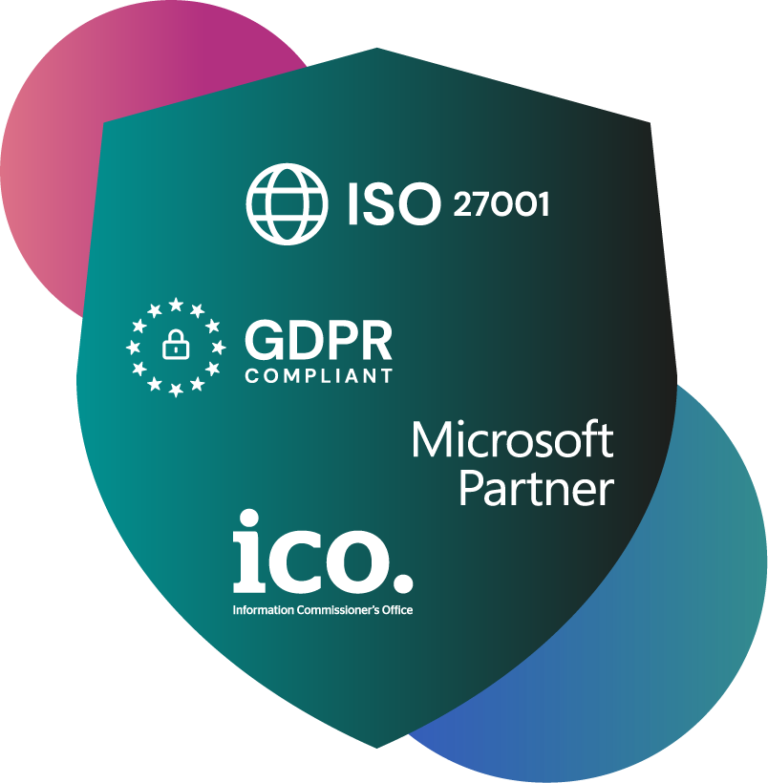XR news roundup – August 2023
Discover the latest XR news from August 2023, including a Project Moohan leak and Unity's XRI Toolkit version 2.4.0.

Doesn't time fly? Once again, we're here to share all of the extended reality (XR) news worth knowing from the last month.
This time it's all about August – and we're happy to inform you that it's been quite busy.
Finally, a sneak peek at Samsung's "Project Moohan"
The previously top-secret design of Samsung's upcoming XR device may be a secret no more thanks to an apparent leak.
The project was first announced by Samsung at its Galaxy Unpacked event back in February, where the tech giant stated it would be partnering with Google and Qualcomm on the device.
Since then, Samsung has been tight-lipped about the whole operation.
This may all be about to change, however, as Chinese magazine VRTUOLUO has published what looks to be a (fairly rudimentary) prototype of the headset. (H/T
Android Authority.)
Assuming the leak is genuine, we can see that the device in question will be a standalone headset that has four tracking cameras, two passthrough RGB cameras and one depth sensor.
There are no controllers in the leaked images, which suggests that Samsung has opted for eye- and hand-tracking as primary input methods. The images also indicate that the headset will be fairly compact, thanks to its use of pancake optics.
Interestingly, the report claims that the upcoming project will run on a Samsung Exynos 2200 processor. If so, it puts previous statements regarding a Qualcomm collaboration in doubt.
Given the headset's relatively unfinished look, we can only wonder how closely the finished product will resemble what we've seen – or, in fact, whether the leak is to be believed at all. Only time will tell.
New investment in Microsoft's MRTK3
This week Microsoft
announced a new collaboration with Magic Leap and Qualcomm on their cross-platform VR development framework, the Mixed Reality Toolkit 3 (MRTK3).
After a few months of apparent inactivity on the XR front, Microsoft is now eager to launch its new toolkit in early September. The company believes these latest partnerships will help MRTK3 reach a wider audience and expand the possibilities for developers using the solution.
Their original framework, MRTK, was designed for cross-platform XR app development in Unity. However, layoffs earlier in the year meant the team behind the development of this technology was disbanded.
Microsoft has long been upfront about its support of XR and its place in the future of business. Delivering the MRTK3 as an open-source program, the company hopes to create a "true multi-platform toolkit" that will also encourage "greater third-party collaboration".
Immersed develops new Visor headset for productivity use cases
Spatial software developer Immersed has
announced a new, tethered XR headset. The device, known as Visor, is geared at enhancing workplace productivity.
Using dual micro OLEDs, the device delivers 4K resolution to each eye. These screens provide a 100° field of view, inside-out tracking and mixed reality passthrough.
Visor is apparently "lighter than a smartphone" and features a custom-fit facemask to improve wearability, especially for long shifts.
In a recent interview, founder Renji Bijoy said that Immersed saw a gap in the market for a device designed specifically for productivity.
When asked about the device being tethered rather than standalone (arguably the more popular option of late), Bijoy reiterated that productivity would be its primary function – and users would likely wear it for "even eight hours a day".
As no current standalone battery lasts anywhere near this long, the company firmly believed that a tethered device would be its best option.
The Visor will be Immersed's first foray into hardware, with the firm previously developing a popular co-working productivity application for XR.
The company has yet to indicate a price range for Visor. However, pre-orders are said to be available soon.
Enhanced hand and eye tracking in Unity's XRI Toolkit version 2.4.0
Unity has been busy working on its latest product, the XR Interaction Toolkit (XRI). The real-time development specialist is looking to establish XRI as a go-to software development kit for XR in enterprise.
Early in the year, we were treated to a 2.3.0 update that introduced hand- and eye-tracking features. With the latest version, these technologies have seen further development.
XRI 2.4.0 comes with an improved XR Gaze feature that allows eye-tracking to be refined by combining it with controller inputs. Although this might seem like something of a step sideways, the firm states that the function is a "fallback" for when controllers aren't in position. The new feature means users can control a cursor with their eyes while selecting objects with the controller buttons.
Unity has also stated that it's providing "additions and improvements" to the toolkit's hand-tracking functionality. Version 2.4.0 incorporates a new tracking feature that provides a set of predefined hand poses to aid in the development of XR applications. It also includes reactive visuals, which should improve the believability of the user's virtual hands and fingers.
XR hardware manufacturers like Microsoft and Magic Leap utilise the hand- and eye-tracking possibilities of XR to help create a more efficient workplace. The improvements in this latest update should prove very useful to developers who want to develop leading-edge apps for these platforms.
SimplyVideo is a video collaboration software platform designed for XR devices, desktops and portables. It unlocks the full potential of wearables by enabling features like low-bandwidth streaming, in-call annotation and phonebook functionality. Want to see it in action? Sign up for your 30-day free trial.
